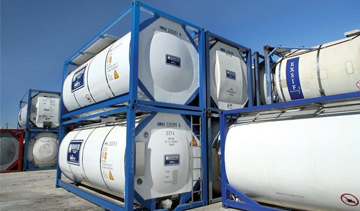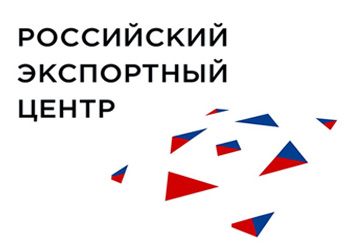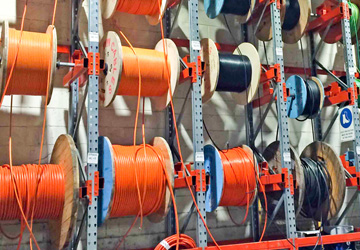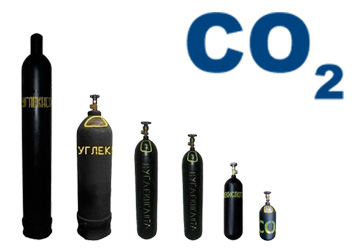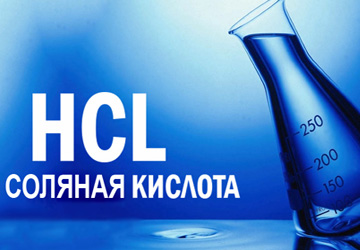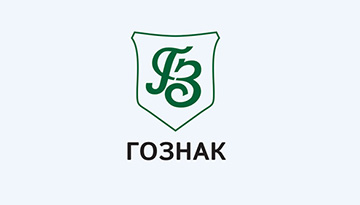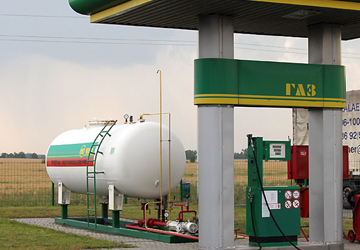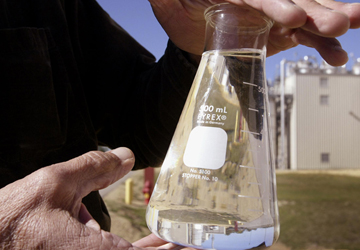 Analysis of public procurement and procurement of public companies - a powerful tool for determining market prices, scale consumption, identify competitors, potential customers and their requirements.
Analysis of public procurement and procurement of public companies - a powerful tool for determining market prices, scale consumption, identify competitors, potential customers and their requirements.
Based on the results of the analysis, the Customer receives a structured report containing:
- the name of the purchased product, indicating the brands or services with a description,
- information about customers;
- information about manufacturers and suppliers;
- non-winning procurement participants,
- unit price;
- volumes of purchases in physical terms;
- amount of purchases,
- region and period of the purchase,
- the period of delivery of products or services,
- other details of the purchase based on the specifics of the product or service under study,
- the primary source of information for each purchase.
However, despite the publicity of information, a number of difficulties are associated with the extraction and analysis of public procurement:
Completeness of identification of the required information
Traditionally, the selection of information about purchases is formed on the basis of keywords. At the same time, it is impossible to detect purchases by keywords if they are not in the name of the purchases, and the documents of the necessary purchases are presented in graphical form or are not indexed. This leads to incomplete identification of purchases of interest.
2. The absence in the formalized fields of a number of information necessary for our Customers:
- description of the purchased products or services with the necessary detail
- the period for the provision of services or the supply of products from a month to several years,
- conditions and places of delivery of products, which often differ from the legal address of the buyer,
- terms of payment and other details.
Some contests are considered invalid. However, a decision is made to purchase from one of the participants.
In addition, there are mixed lots (purchase of several positions, including non-target items), spelling errors in keywords and other difficulties.
We have experience in identifying such difficulties and a set of procedures to overcome them.
Our quality of public procurement analysis is based on a professional and responsible approach, which takes time. Such a laborious process is not cheap.

















